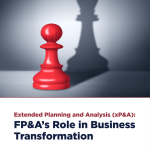Copenhagen became the second city in the Nordic region where the International FP&A Board hosted a meeting after a short summer break. Following Stockholm, a prominent Business Centre Winghouse in Copenhagen welcomed senior FP&A professionals to discuss transitioning from traditional FP&A to Extended Planning and Analysis (xP&A). 25 representatives of global and local companies such as Wienerberger, Vestas, Coop Danmark, Novozymes, Ramboll, Rockfon/ROCKWOOL Group, Svitzer - AP Moller Maersk, Noble Corporation and others attended the event.
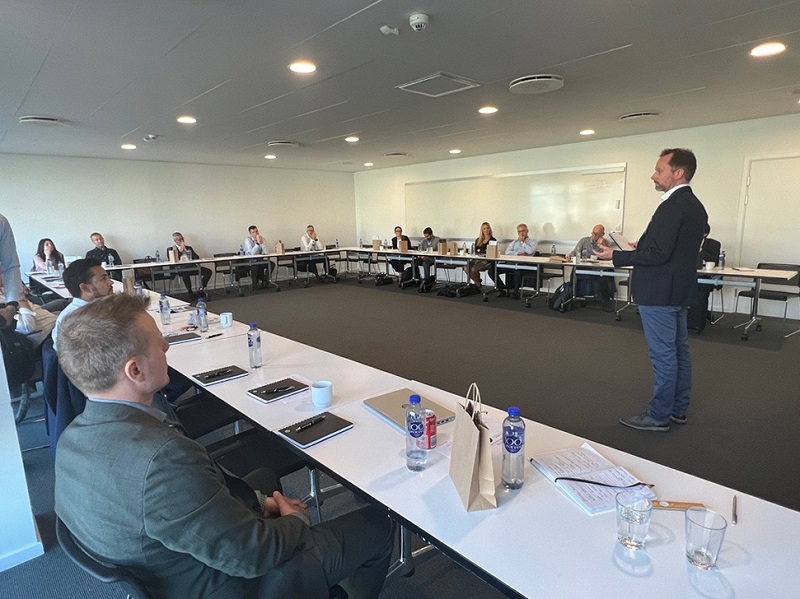
Figure 1: Copenhagen FP&A Board, September 2023
The meeting was sponsored by Wolters Kluwer in partnership with IWG.
What Are the Obstacles We Face?
The 5th Face-to-Face Copenhagen FP&A Board started with introductions: Larysa Melnychuk asked the participants to share their views on current challenges directly impacting the FP&A industry. Some of the frequently cited points deserve separate mentions.
- Data integration and quality;
- Stakeholder management and buy-in;
- Mapping existing processes;
- People and training;
- Connected tools; and
- Selecting the right technology.
The abovementioned insights correlate with the recent FP&A Trends Survey findings, as many FP&A professionals name the data-related concerns as one of the most significant hurdles. For instance, only 20% of organisations can access a single data source. In addition, the Survey revealed that more than half of organisations (52%) use Excel as their primary tool for planning. The good news is that the highest priority for 24% of organisations is to enhance planning and forecasting by moving to a modern planning platform. The Copenhagen FP&A Board Members discussed what solutions to these problems can be found with the help of Extended Planning and Analysis (xP&A).
Extended Planning and Analysis: Going Beyond Finance to Analytical Excellence
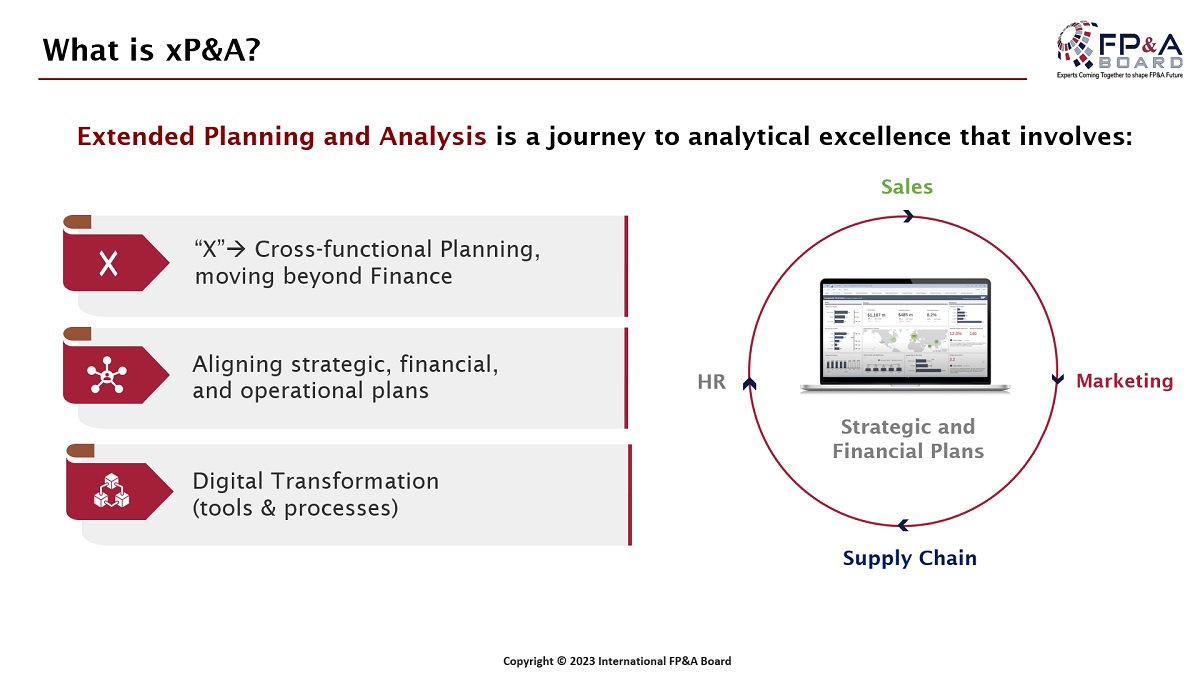
Figure 2: Understanding the Concept of Extended Planning and Analysis (xP&A)
The core topic of the discussion was focused on the essentials of xP&A. This notion was coined by Gartner back in 2020, and it defines an approach where three planning processes, including operational, strategic, and business planning, are aligned vertically and horizontally into a single, continuous process. In this case, planning activities go beyond finance, and an organisation fosters its transition to analytical excellence.
Except for the concept of xP&A itself, the audience of the Copenhagen FP&A Board also discussed six success factors for reaching Integrated FP&A. These factors are shown in the picture below.
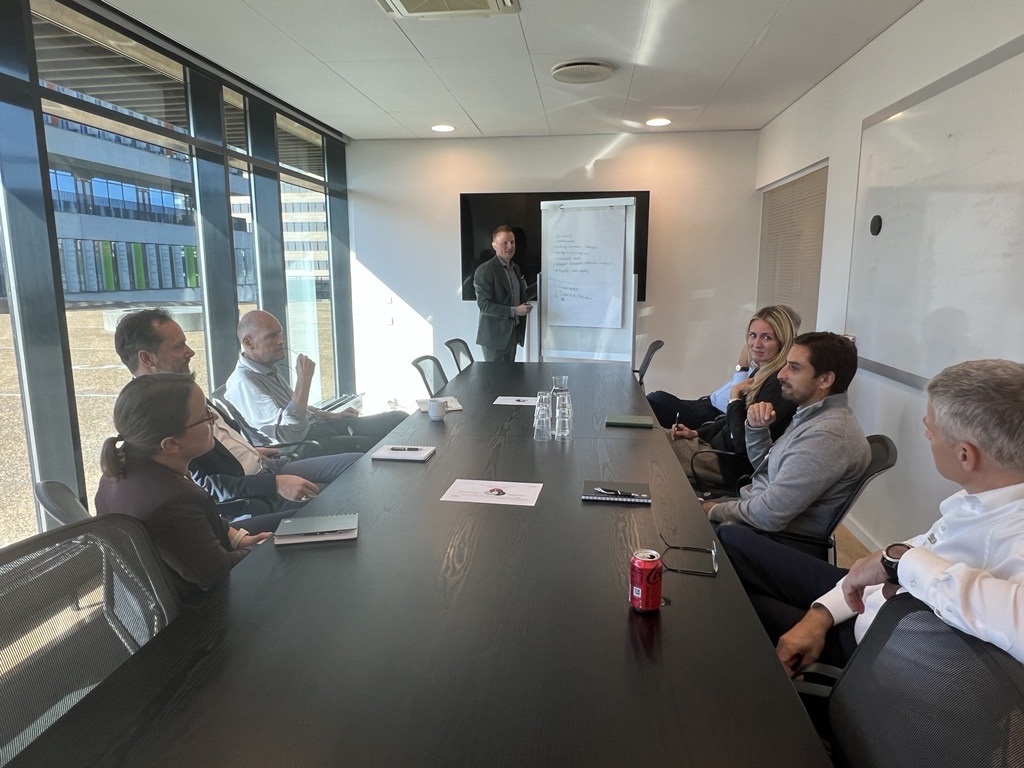
Figure 3: Integrated FP&A: Six Success Factors
Group Work and Conclusions
Before the closing, the participants were split into three groups to pinpoint the critical elements that must be considered before embarking on the xP&A journey, classifying them into three distinct categories:
- Data & Models,
- Systems & Processes,
- and People & Culture.

Figure 4: Group Work, Copenhagen FP&A Board, September 2023
Once the FP&A Board members presented their insights, we collected the following points for each section:
- Various businesses require different models, which should be scalable.
- Mapping existing processes and ensuring stakeholder buy-in becomes essential for optimised business performance.
- Training training and upskilling are crucial factors for driving changes within organisations.
The evening culminated with an engaging breakout session, sparking a dynamic dialogue surrounding the optimal strategies for implementing Extended Planning and Analysis.
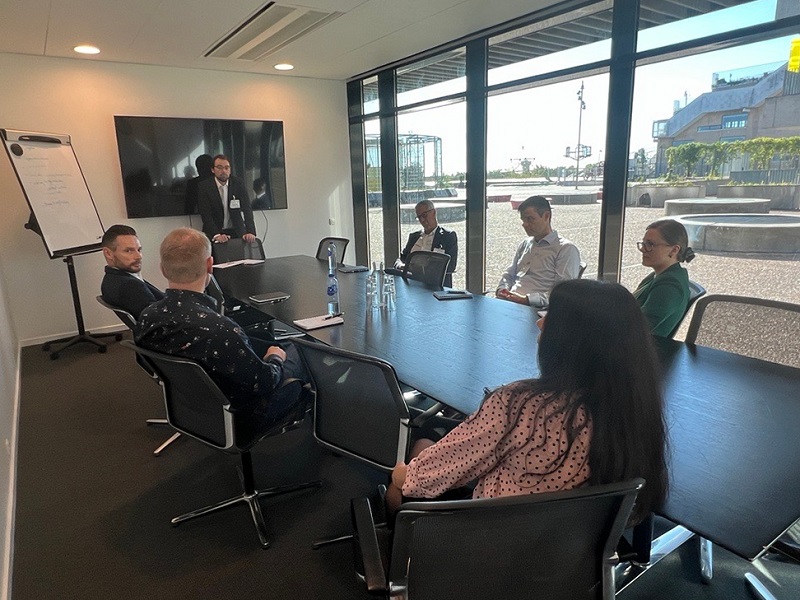
Figure 5: Group Work, Copenhagen FP&A Board, September 2023
Following the meeting, attendees had the opportunity to engage in informal networking, fostering valuable connections with like-minded professionals who share their passion for FP&A. We look forward to the next event in Copenhagen. The next time, the discussions will be centred on building world-class FP&A departments and the five essential FP&A team roles.

